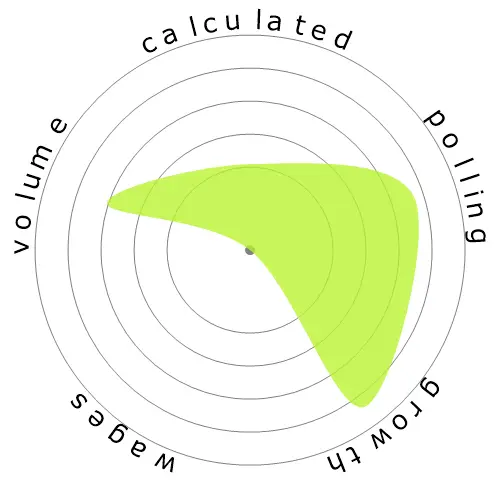Animal Caretakers




People also viewed
Calculated automation risk
Moderate Risk (41-60%): Occupations with a moderate risk of automation usually involve routine tasks but still require some human judgment and interaction.
More information on what this score is, and how it is calculated is available here.
User poll
Our visitors have voted there's a low chance this occupation will be automated. However, the automation risk level we have generated suggests a higher chance of automation: 56% chance of automation.
What do you think the risk of automation is?
What is the likelihood that Animal Caretakers will be replaced by robots or artificial intelligence within the next 20 years?
Sentiment
The following graph is included wherever there is a substantial amount of votes to render meaningful data. These visual representations display user poll results over time, providing a significant indication of sentiment trends.
Sentiment over time (yearly)
Growth
The number of 'Animal Caretakers' job openings is expected to rise 16.6% by 2033
Total employment, and estimated job openings
Updated projections are due 09-2025.
Wages
In 2023, the median annual wage for 'Animal Caretakers' was $31,200, or $14 per hour
'Animal Caretakers' were paid 35.1% lower than the national median wage, which stood at $48,060
Wages over time
Volume
As of 2023 there were 268,830 people employed as 'Animal Caretakers' within the United States.
This represents around 0.18% of the employed workforce across the country
Put another way, around 1 in 564 people are employed as 'Animal Caretakers'.
Job description
Feed, water, groom, bathe, exercise, or otherwise provide care to promote and maintain the well-being of pets and other animals that are not raised for consumption, such as dogs, cats, race horses, ornamental fish or birds, zoo animals, and mice. Work in settings such as kennels, animal shelters, zoos, circuses, and aquariums. May keep records of feedings, treatments, and animals received or discharged. May clean, disinfect, and repair cages, pens, or fish tanks.
SOC Code: 39-2021.00


Comments
Leave a reply about this occupation